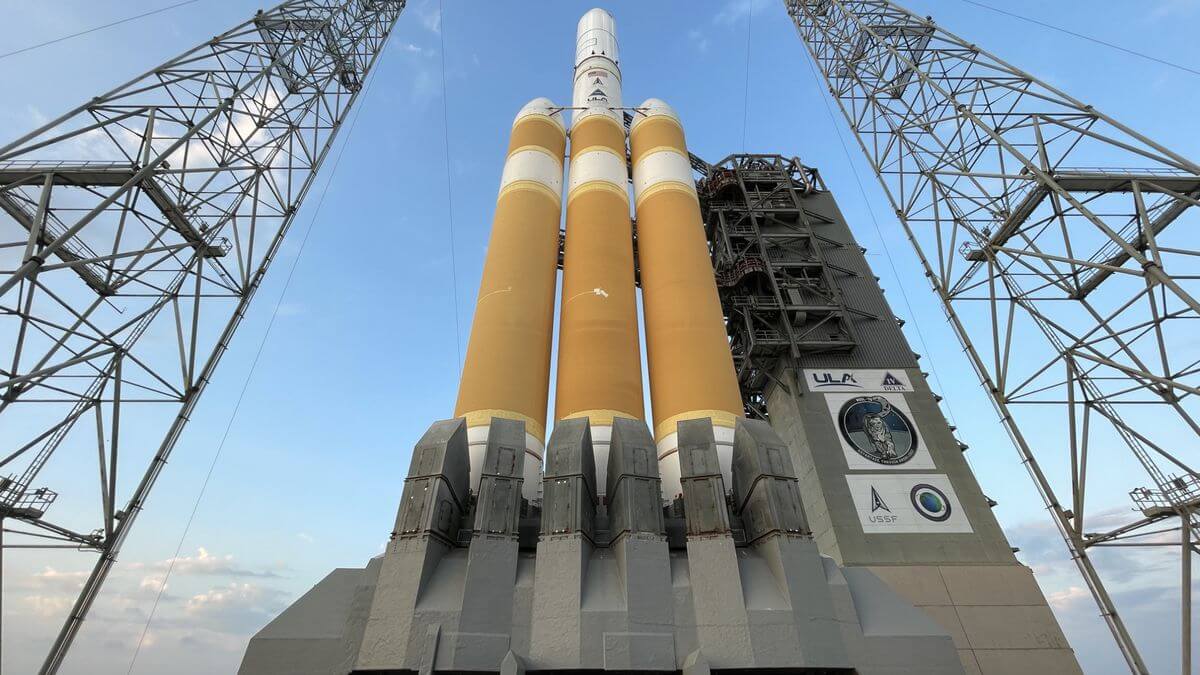The era of Delta Heavy IV is coming to an end.
For the last 64 years, United Launch Alliance’s (ULA’s) heavy-lift rocket has led an impressive career lofting large payloads into space. However, on Tuesday (March 28), the rocket will lift off one last time when it launches from Space Launch Complex-37 at Cape Canaveral Space Force Station in Florida. The launch window opens at 1:40 p.m. ET (1740 GMT).
Aboard the Delta Heavy IV rocket for the mission, known as NROL-70, will be a classified payload being launched on behalf of the U.S. National Reconnaissance Office (NRO). The NRO rarely discloses the nature or capabilities of its spy satellites, and this particular mission offers no exception.
Yet, while the payload is a secret, the launch is not. You can watch it live here at Space.com, courtesy of ULA, starting at 1:15 p.m. ET (1715 GMT).
Related: Delta IV Heavy rocket launches US spy satellite on penultimate mission (video)

The specific nature of the spacecraft launching atop ULA’s Delta Heavy IV rocket today of course remains a mystery, but we can assume it’s a sophisticated spy satellite given the customer. The NRO is an agency within the Department of Defense tasked with developing, building and operating the United States’ surveillance satellites.
A mission description published by ULA states the payload aboard today’s launch launch will “strengthen the NRO’s ability to provide a wide-range of timely intelligence information to national decision makers, warfighters, and intelligence analysts to protect the nation’s vital interests and support humanitarian efforts worldwide.”
In addition to the Delta IV Heavy, ULA plans on retiring another one of its rockets: The workhorse Atlas V. The idea is to make way for the company’s new Vulcan Centaur, which launched on its first mission on Jan. 8, 2024 when it sent Astrobotic’s Peregrine lunar lander moonward.
The Atlas V will keep flying through 2029, however, as it is already booked for missions to help develop Amazon’s Project Kuiper internet constellation and send Boeing’s Starliner crew capsule to the International Space Station on its first launch, slated for no earlier than May 1.